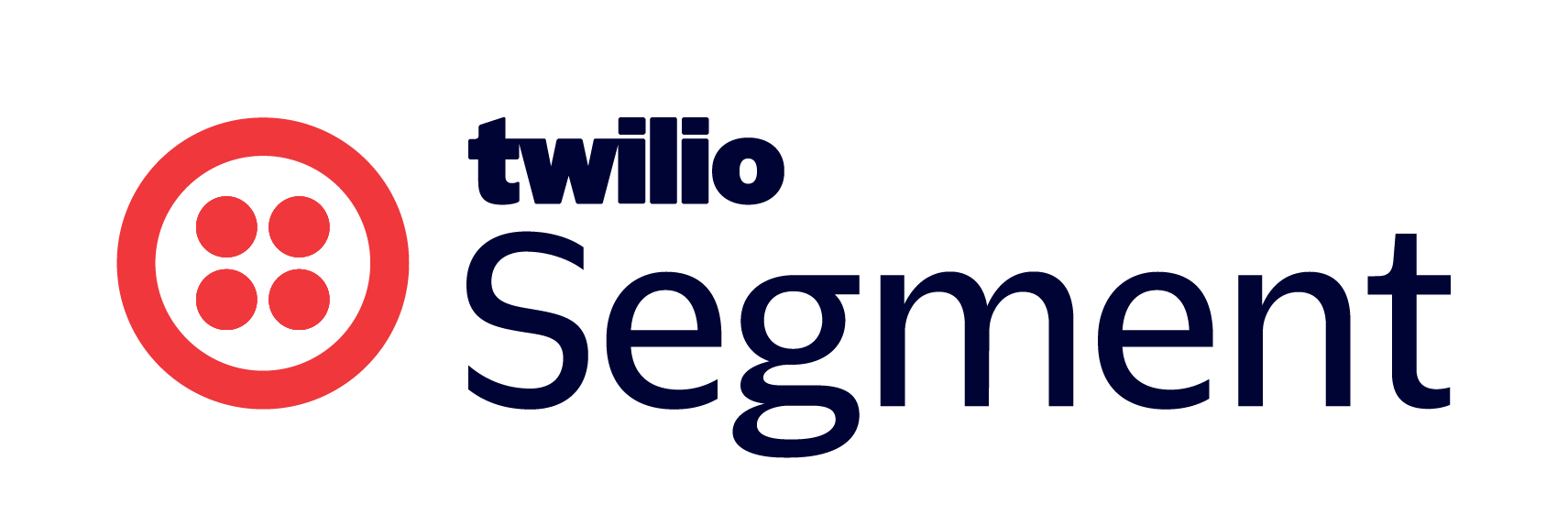
Product Updates
See what’s new with Segment, check the updates below
- 210 Product updates

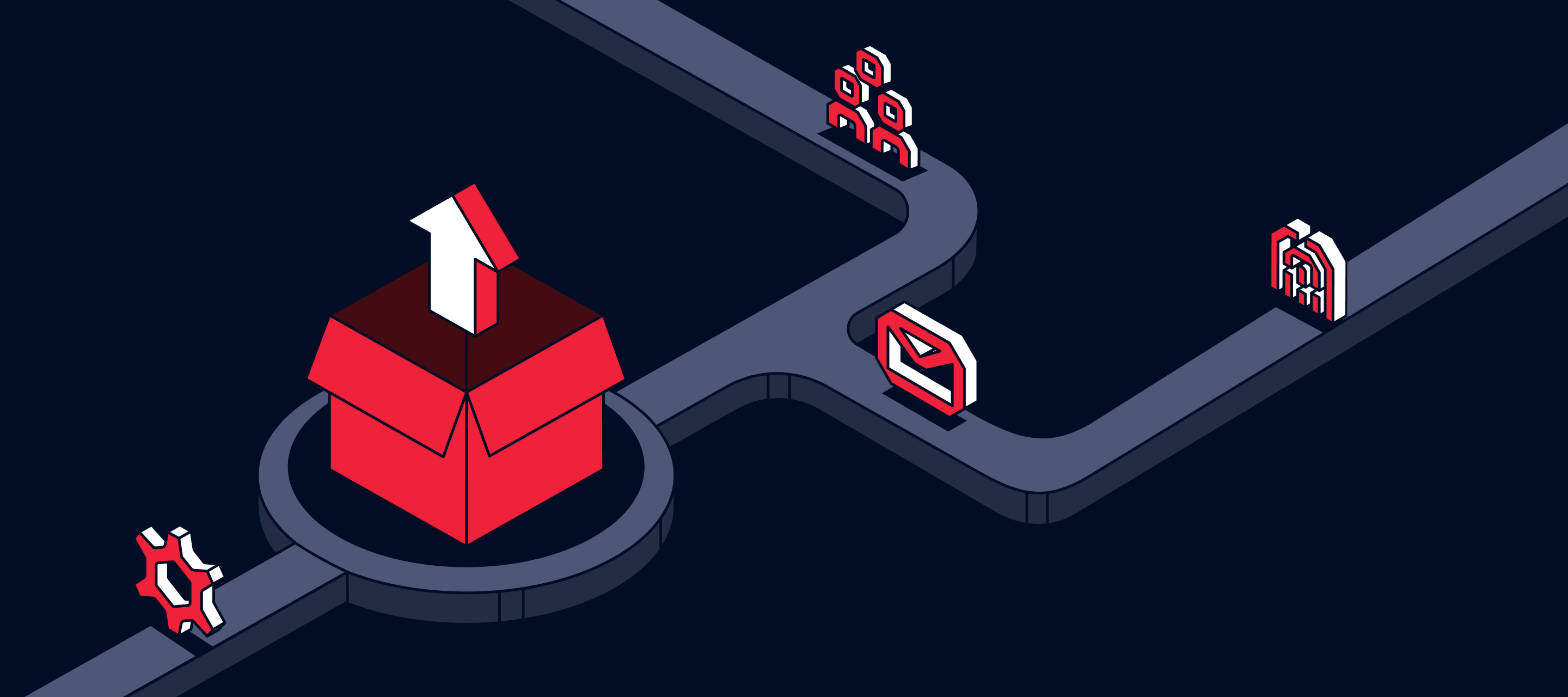
Twilio Segment AI Releases General Availability
Over the past year, we’ve released a number of exciting predictive and generative AI features to help both technical and non-technical teams work more efficiently. Below, you’ll learn exactly what AI features are available within Segment and how they help your company achieve better productivity, personalization, and performance. Table of Contents 💡 Predictions - Generally Available 📣 NEW Predictions Model Monitoring is Generally Available 📣 NEW Predictions Contributing Event Model Details are Generally Available 📝 Recommendations - Generally Available 📣 NEW Recommendations Traits Exclusion Rules is Generally Available 🌀 Generative Audiences - Generally Available 📈 Functions Co-Pilot - Generally Available 💡 Predictions - Generally Available With Predictions , we’ve put the power of predictive AI directly in marketers hands, so they can proactively and precisely target and personalize their ad and multichannel campaigns—without needing to rely on data science teams which can oftentimes become a bottleneck in the audience and campaign-building process. Predictions includes 4 out-of-the-box predictive models for: Likelihood to Purchase Predicted Lifetime Value (LTV) Likelihood to Churn - You define what churn means to your business (For example, you could set it as a customer not making a purchase for the next 180 days.) Custom Predictive Goals - You have the flexibility to predict the likelihood of any specific groups of customers to perform any tracked event in Segment. (For example, you could predict the likelihood of users to use a promo code, or refer a friend, or click on an ad or email link.) For more information, please read our Predictions documentation . Predictions also includes Predictive Audiences, which provides marketers with 5 pre-built suggested audiences leveraging the Prediction models we just discussed. These Predictive Audiences are meant to inspire new campaign ideas for marketers and help you quickly create predictive AI audiences in just a few clicks. They include: Read to buy audiences of customers who are most likely to purchase Long shots audiences of customers who have previously interacted with your brand but aren’t currently engaged High LTV audiences of customers with high predictive lifetime value Potential VIPs audiences containing recently active customers with high predictive lifetime value as well as a high likelihood to purchase Dormant audiences of inactive customers who are unlikely to purchase. For more information, read our Predictive Audiences documentation . These predictive models include the ability to: Adjust time horizons (e.g. 15 days, 30 days, 60, days, 90 days, etc.) Include or exclude specific events from the predictive model Predict on the event-property level, for much more granular predictions (e.g. predicting the likelihood of customers to make a purchase over $100.) Be HIPAA eligible - HIPAA Eligible workspaces require a Business Associate Addendum (BAA). More information about Twilio’s HIPAA Eligible Services here . Increase the frequency of predictive score updates from weekly updates to daily updates (via request to CSM) Get visual insight into the conversion history of Predictions with Model Monitoring - this graph will show exactly what percentile cohort a person was in when they performed your predicted event. 📣 NEW Predictions Model Monitoring is Generally Available With Model Monitoring, we’re giving marketers additional visual insight into the conversion history and performance of the Predictions they’ve created — right inside their Prediction dashboard. What this graph is going to show you is exactly what percentile cohort a person was in when they performed your targeted event. So, let’s say you created a Prediction for customers that were most likely to make a purchase in the next 90 days and then you activated an audience of people in the top 10% most likely to purchase on your ad and email channels with special offers. You’d expect those people in the top 10% to have a much higher conversion rate than those you didn’t target who were maybe in the 50 or 40% percentile, right? That’s exactly what this chart here is showing. You can see the people in the top 10% on the far right have a much higher conversion rate than the people who were in the least likely to purchase cohort in the small bar in the bottom left corner. This is a great example of a Prediction that’s performing really well. 📣 NEW Predictions Contributing Event Model Details are Generally Available When you create a Prediction inside of Segment, we provide you with model statistics to help you understand your Prediction. This dashboard includes model metrics like: AUC, or Area under the ROC curve Lift Quality, which measures the effectiveness of a predictive model. Log Loss Top 5 contributing events that are factored into the model, as well as the associated weights used to create the prediction But there are typically a lot more than just 5 events that contribute to the underlying predictive models we’ve helped you build. With this release, we have revealed all of the events that make up every prediction you create in Segment, along with their associated weights. Plus, you’ll be able to export that list of contributing factors for much greater visibility into our models and deeper understanding of your customer behaviors. 📝 Recommendations - Generally Available We’ve recently launched two different AI Recommendation functionalities to general availability: Recommendation Audiences and Recommendation Traits. Recommendation Audiences The first is Recommendation Audiences, which makes it easy for marketers to build audiences of people who are most likely to purchase a specific product, brand, or product category, so they can target those audiences in downstream channels, like ad platforms, emails, sms, or any other channel connected to Segment. This feature is pretty flexible and can also help enable other B2B-focused use cases, meaning you can also create a Recommendation Audience for people who are most likely to engage with a piece of content on your website or attend an event you may be hosting. Recommendations can help you quickly provide customers with more relevant experiences that improve conversions, boost upsell, and grow average order value. For example: If you are a marketer at a sportswear store that's looking to increase sales around the Olympics, you could use Recommendation Audiences to choose a specific category, like women’s running shoes, then automatically build an audience of the top 20% of people who are most likely to purchase those products — allowing you to design hyper-personalized offers and optimize your messaging for better engagement in ads, emails, SMS, or other preferred channels. And you can do this all without needing to tap your data science teams. For more information, see the Recommendation Audiences documentation here . Recommendations Traits (Personalized Items) Where Predictions solves “who” to target, Recommendations Traits solves “what” to target them with. Recommendation Traits does this on the profile-level, starting with the customer (whereas Recommendation Audiences does the same thing, but starting with the product first). With Recommendation Traits, marketers can find each individual product or item (i.e. article, song, movie, car vin number, etc.) that a customer is most likely to purchase, and save those items to the profile as a Recommendation Trait. You can then send those traits downstream to any connected channel — whether that be an ad campaign, a dynamic email or web experience, or back to your data warehouse. Ultimately, Recommendation Traits help you gain a much deeper understanding of your customers and allow you to better personalize all your customer experiences for greater engagement, conversion, and loyalty. Similar to Recommendation Audiences, you can create a Recommendation Trait for an individual product, brand, or product category. For example, you could create a Recommendation Trait for the top 3 products your customers are most likely to purchase. Then, you could create dynamic emails for every customer that will feature the top three products that are uniquely most relevant to them. So maybe one person gets an email with running shoes, a yoga mat, and a pair of women’s leggings, while someone else might get an email with a backpack, tent, and hiking gear. For more information, see the Recommendation Traits documentation here . 📣 NEW Recommendations Traits Exclusion Rules is Generally Available When building product recommendations into customer experiences, companies are often aiming to achieve more than just relevant personalization. They ultimately want to drive a conversion or engagement event that delivers greater ROI for their business. In order to give companies greater flexibility and control over the Recommendations they provide to customers, we’ve launched new Exclusion Rules within Recommendation Traits. Exclusion Rules lets you exclude specific items or event properties from being added as a Recommendation Trait to a customer's profile. Using Exclusion Rules, you can now: Only make recommendations for items that cost more that $50 (or any value relevant to your company and business goals) Remove items that aren’t in stock Remove items a customer has purchased before Remove items that don't have an image It is important to note that all this is dependent on the data you map in your Recommendation Catalog . For more information, see the Recommendation Traits documentation here . 🌀 Generative Audiences - Generally Available With Generative Audiences, you can use generative AI to create targeted Audiences in Engage within minutes. Using natural language prompts, you can describe your desired audience based on events performed, profile traits, or existing audiences in your workspace. Instead of going through every stage of our audience builder within Engage, you can type out the specific audience you want to build into a text box — describing your desired audience based on events performed, profile traits, or existing audiences in your workspace — and Engage will automatically generate that audience for you. For example, you can write: “Create an audience of customers who have spent at least $50 in the last year and have visited our website but not completed a purchase in the last 30 days,” and Twilio Engage will automatically create it for you, without you having to fill out the fields in our standard audience builder. This feature saves marketers time, boosts productivity, and reduces time to launch for campaigns. To learn more, visit Segment’s Generative Audiences documentation . 📈 Functions Co-Pilot - Generally Available At the end of last year, we extended the power of generative AI to developers with Functions Co-Pilot, powered by OpenAI. Functions Co-Pilot is our first feature built specifically to help developers achieve faster time to value with Segment. It consists of two features: Functions Writer , which generates code from natural language prompts, turning what would previously have been weeks of integration coding into a simple prompt that’s about the same length as a text message. Functions Analyzer , which scans your existing code, summarizes what it does back to you, and then offers recommendations for how you can optimize the Function. To learn more, read Functions Co-Pilot documentation .

Audience Size Change Alerts are now in Public Beta!
🔔 Overview: With Audience Size Change Alerts, you can get notified when your audience increases or decreases past a set threshold. During the Public Beta, Audience Size Change Alerts only supports Linked Audiences. For more information, check out our Audience Size Change documentation.
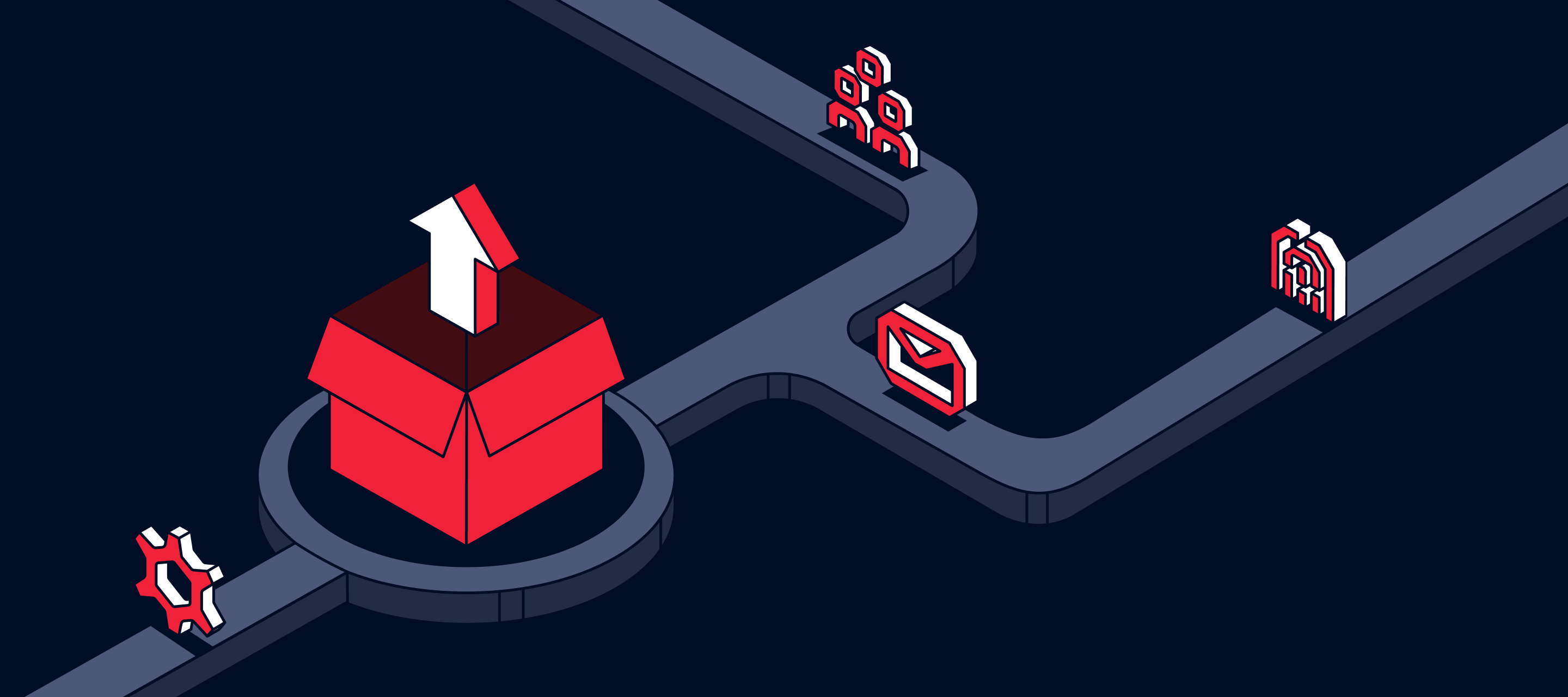
The Next Generation of Journeys General Availability
We’re thrilled to announce that the launch of our completely reimagined Journeys product within Twilio Engage is now Generally Available to all Engage customers. Built from the ground up and based on your valuable feedback, the new Journeys empowers you to deliver more relevant, timely, and seamless customer experiences at every touchpoint. What’s new in the Next Generation Journeys? 🔄 Real-Time Orchestration with Event Triggered Journeys: Automatically trigger and personalize outreach based on real-time customer actions—like cart abandonment, onboarding milestones, and more. No more relying only on drip campaigns. Now, you can react right when it matters. 🔎 Richer Personalization with Contextual Payloads & Data Access: Access all the details you need — including important contextual data from your triggering event and subsequent events performed in the Journey (product viewed, cart contents, membership status, etc.) — to simplify the delivery of highly relevant messages, when it matters most. 📈 Enhanced Builder Experience with improved Observability & Optimization: Effortlessly map out every customer touchpoint using our intuitive drag-and-drop builder, enhanced with rich activity tracking and comprehensive audit trails. This streamlined approach makes it simpler than ever to analyze, optimize, and scale your customer engagement strategies. But wait, there’s more! Randomized Split: Unlock dynamic profile routing within Journeys for rapid A/B testing and data-driven analysis, making it easier to optimize engagement and outcomes. AdTech Support – Action List Destinations: Build targeted lists or audiences in destination platforms directly from event-triggered Journeys, enabling more precise and impactful engagement strategies. Editing & Versioning: Seamlessly update Journeys with new versions—without duplicating or deleting—simplifying workflow management and boosting flexibility. Multiple Activations Support: Send up to five different actions per Destination step, whether to the same or multiple locations, cutting down on workarounds and saving Journey step credits. Simultaneous Entries: Profiles now launch a new Journey instance with each triggering event, enabling personalized messaging and seamless support for transactional use cases every time an action is performed. And More! This release empowers marketers to move at the speed of their customers—giving you the tools needed to deliver the right message, on the right channel, at the right time. For more information review our docs and check out this article.

Data Graph Visual Builder General Availability
We're thrilled to announce a major update to our Data Graph: the launch of our visual, no-code Data Graph builder. With this release, creating and managing your Data Graph is more intuitive than ever. Our new editing experience empowers you to add entities and relationships with a simple point-and-click interface and easy-to-use dropdown menus—no coding required. This streamlined approach opens up Data Graph editing to a wider range of users. The new visual builder is now the default way to edit your Data Graph, but power users who still prefer working with raw configuration code – or who wish to copy the code into version control – can seamlessly switch between the no-code and code-based editors at any time.
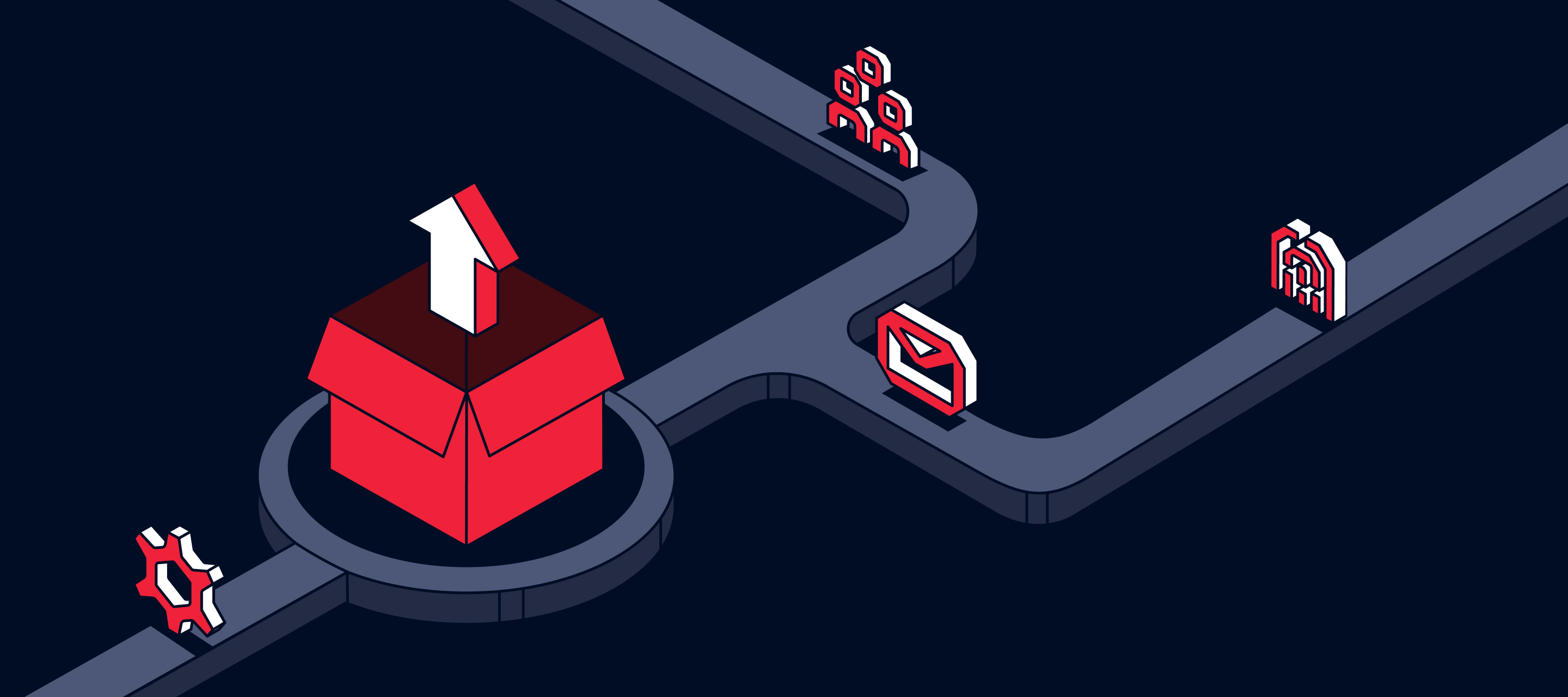
Linked Audiences List Destinations General Availability
Description: Linked Audiences customers can now activate list-based action destinations—ideal for advertising and ROAS campaigns. You can now activate data using Actions List Destinations including key adtech platforms like Google and Facebook Custom Audiences. This helps improve return on ad spend by leveraging your complete first-party data relationships for more precise audience targeting. Full list of supported Destinations: Facebook Custom Audiences (new) Marketo Static Lists (new) Google Conversions TikTok Audiences Klaviyo Amazon AMC Display & Video 360 First-Party DV360 For more information, check out our docs.
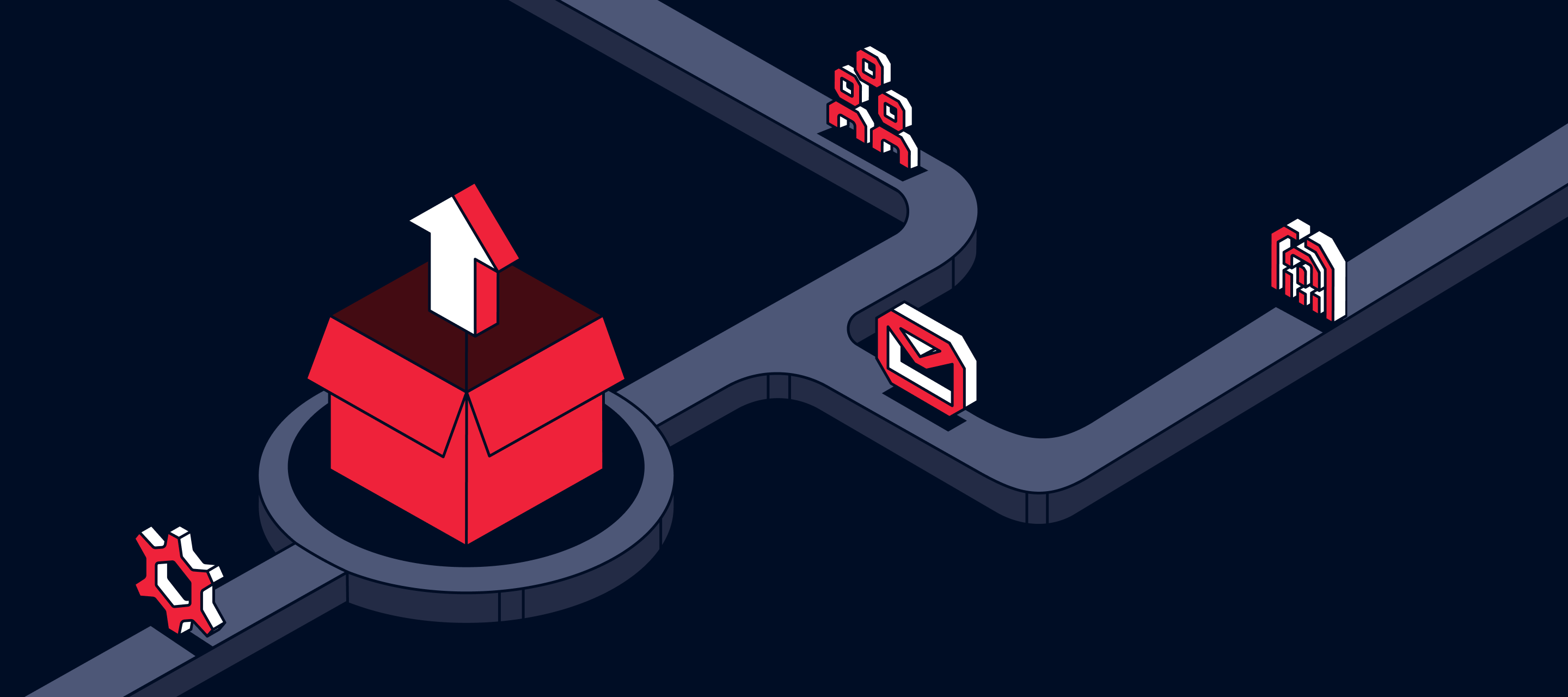
Twilio Engage Premier End-of-Life (EOL)
Twilio will end-of-life (EOL) its Twilio Engage Premier product on December 15, 2025 . Existing customers will continue to have full access to Engage Premier until that date, and Twilio will continue to provide support throughout the transition period. After December 15, the following features will no longer be available: Multichannel campaign delivery (Email, SMS/MMS, Push, WhatsApp) Marketing Engagement Analytics Subscription Management Twilio Engage Foundations—including Audiences, Connections, Journeys, ID Resolution, and CustomerAI Predictions—will continue to be supported as part of Segment’s CDP offering. Customers may choose to transition to Twilio SendGrid Marketing Campaigns for email-first needs or explore one of Twilio’s preferred ISV partners —Airship, Attentive, Bloomreach, Braze, Customer.io, Insider, Iterable, and Klaviyo—for broader multichannel marketing capabilities.
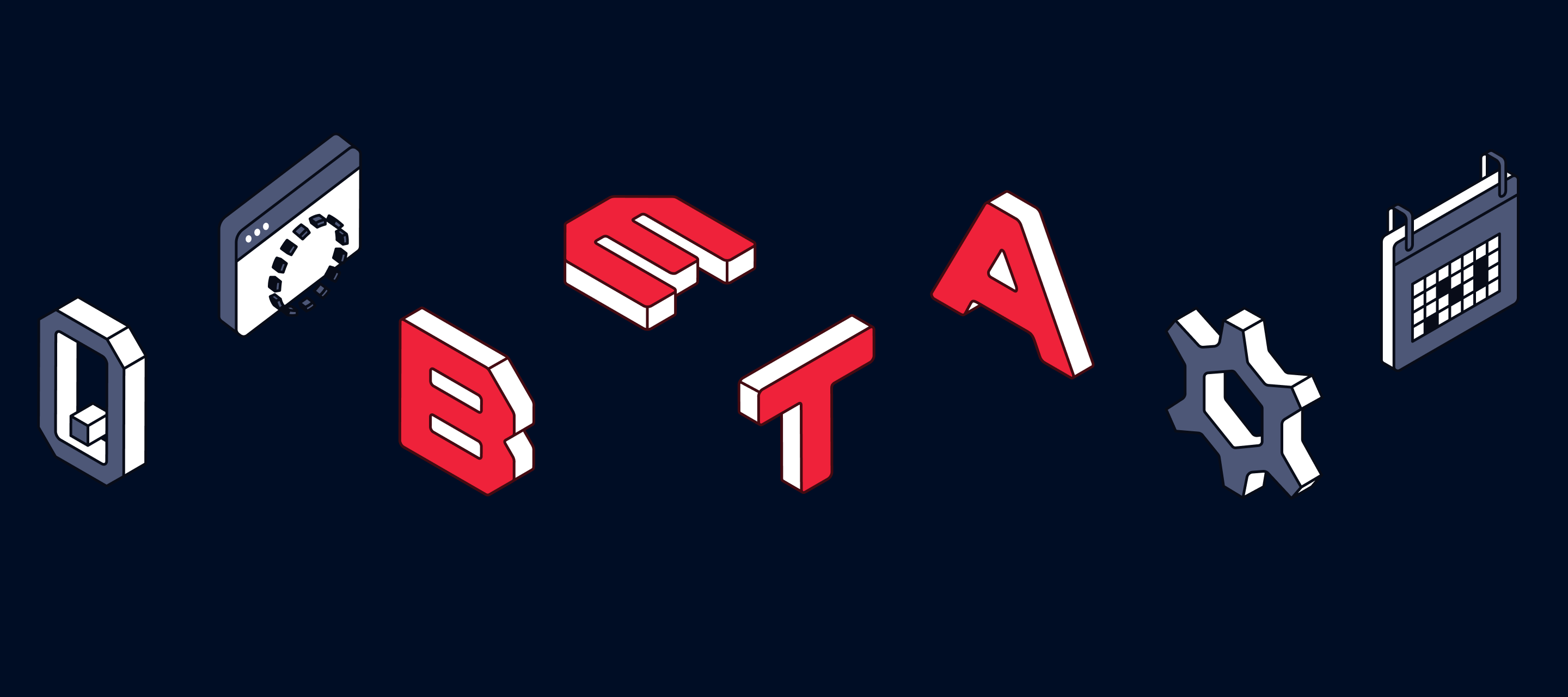
Classic Audience Entry for Journeys V2 Public Beta
What’s new: Journeys V2 now supports audience-based entry in addition to event triggers. This means you can: Kick off journeys when profiles join Classic audiences Target profiles based on traits and historical events Choose to include existing audience members or only new audience entries Why it matters: This enables powerful combinations of audience targeting with V2's real-time orchestration How to try it: Check out this video walkthrough. When creating a journey, choose "New journey builder" and select "Profile enters an audience" as your trigger type.
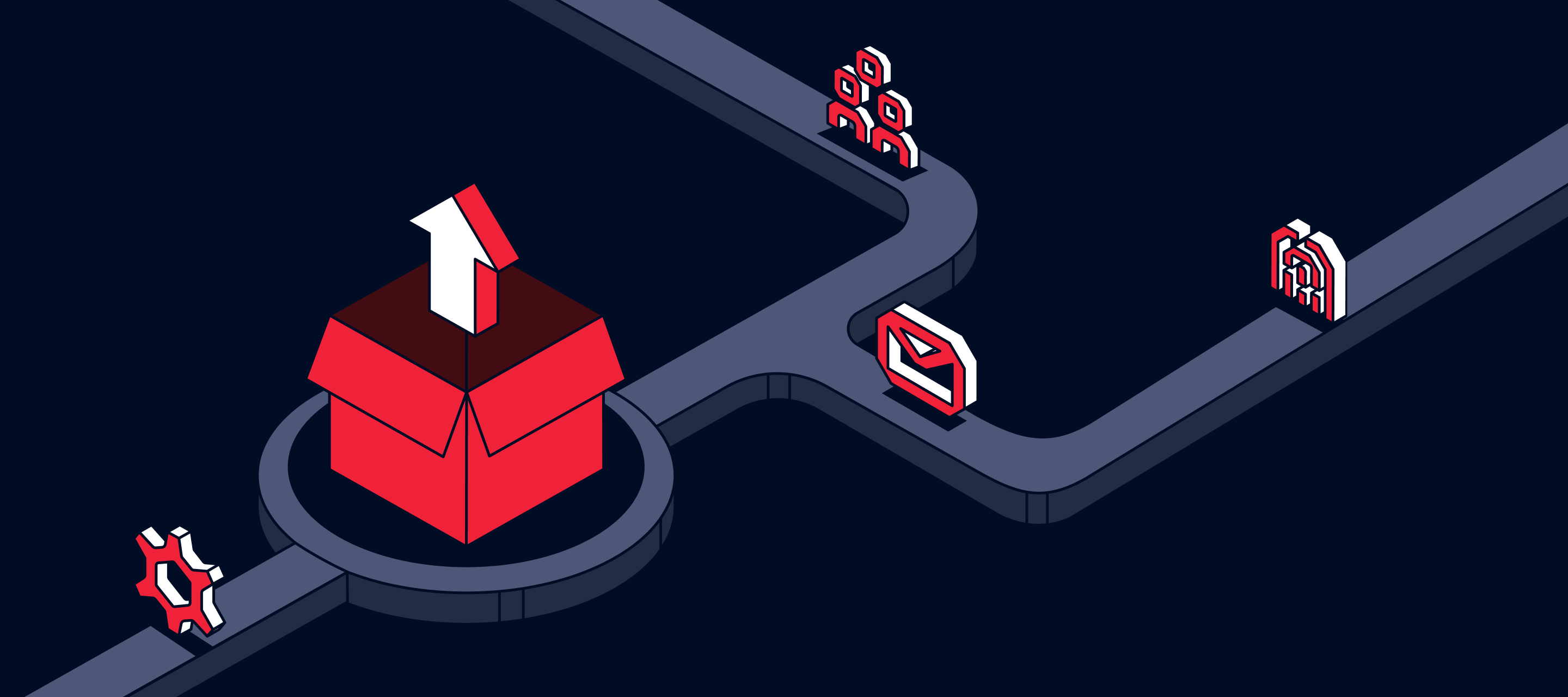
SendGrid Destination General Availability
Our enhanced SendGrid Destination is now in General Availability. Orchestrate personalized email communications by connecting Segment directly to SendGrid's enterprise email platform with our new "Send Email with Dynamic Template" action. This integration enables you to trigger transactional and marketing emails using your existing SendGrid templates directly from Segment events, audiences, and journeys. Create unified email experiences by leveraging customer profiles, behavior data, and warehouse information to deliver personalized communications at scale. Configure complex email templates with dynamic content, customize recipients, manage headers, and schedule delivery times—all without leaving Segment. Accelerate customer engagement and conversion rates by delivering timely, contextual emails while reducing integration complexity and technical overhead. Maximize your investment across the Twilio product suite through deeper native integrations that unlock end-to-end customer engagement capabilities. For more information check out our docs and this overview video.
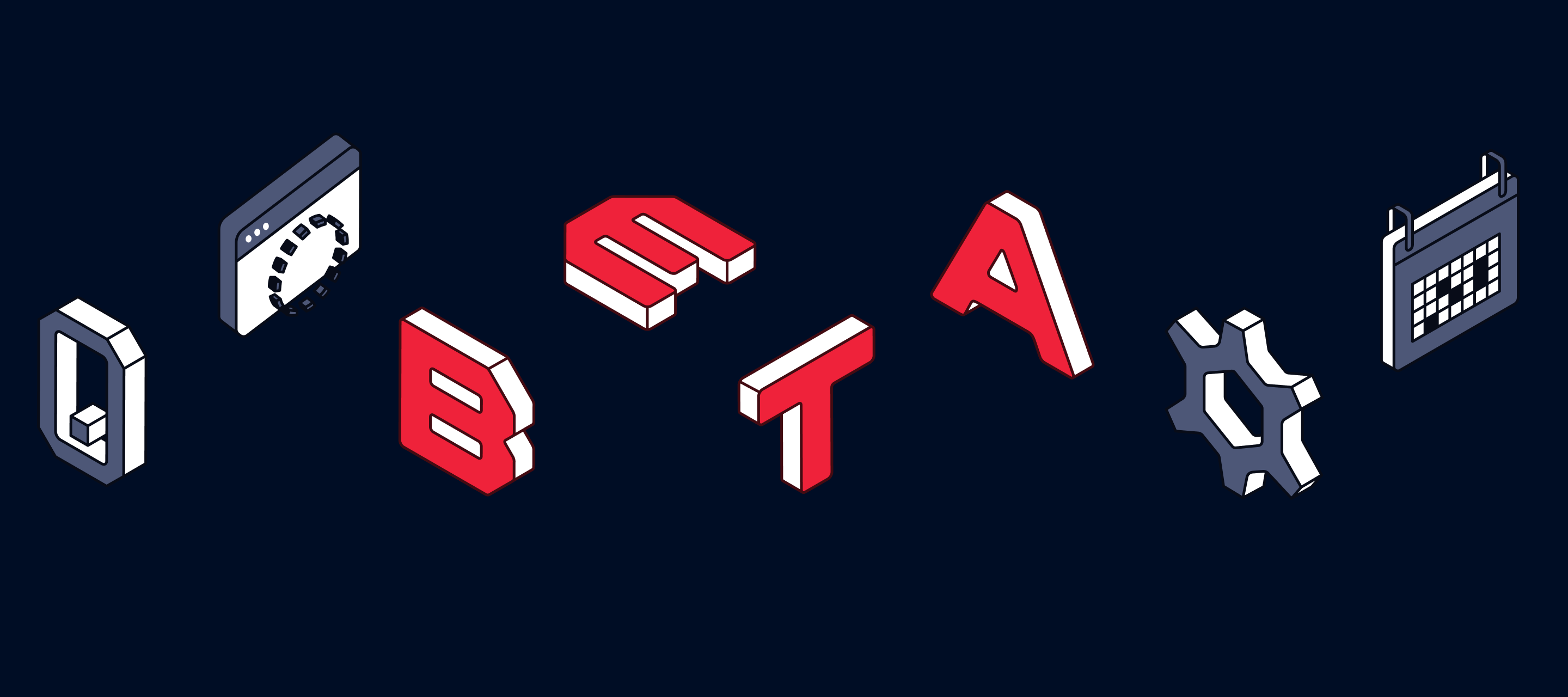
Data Splits for Journeys 2.0 Public Beta
The Data Split step allows users to send profiles down different Journey paths based on profile trait conditions or existing audience membership. Users can configure multiple conditions for each branch based on: Profiles with or without traits Profiles are part of or not part of an audience Please note: we only support mutually exclusive Journey paths, so users will be evaluated for branch conditions in sequential order. Users can reorder the branches to adjust rankings. Quick video overview
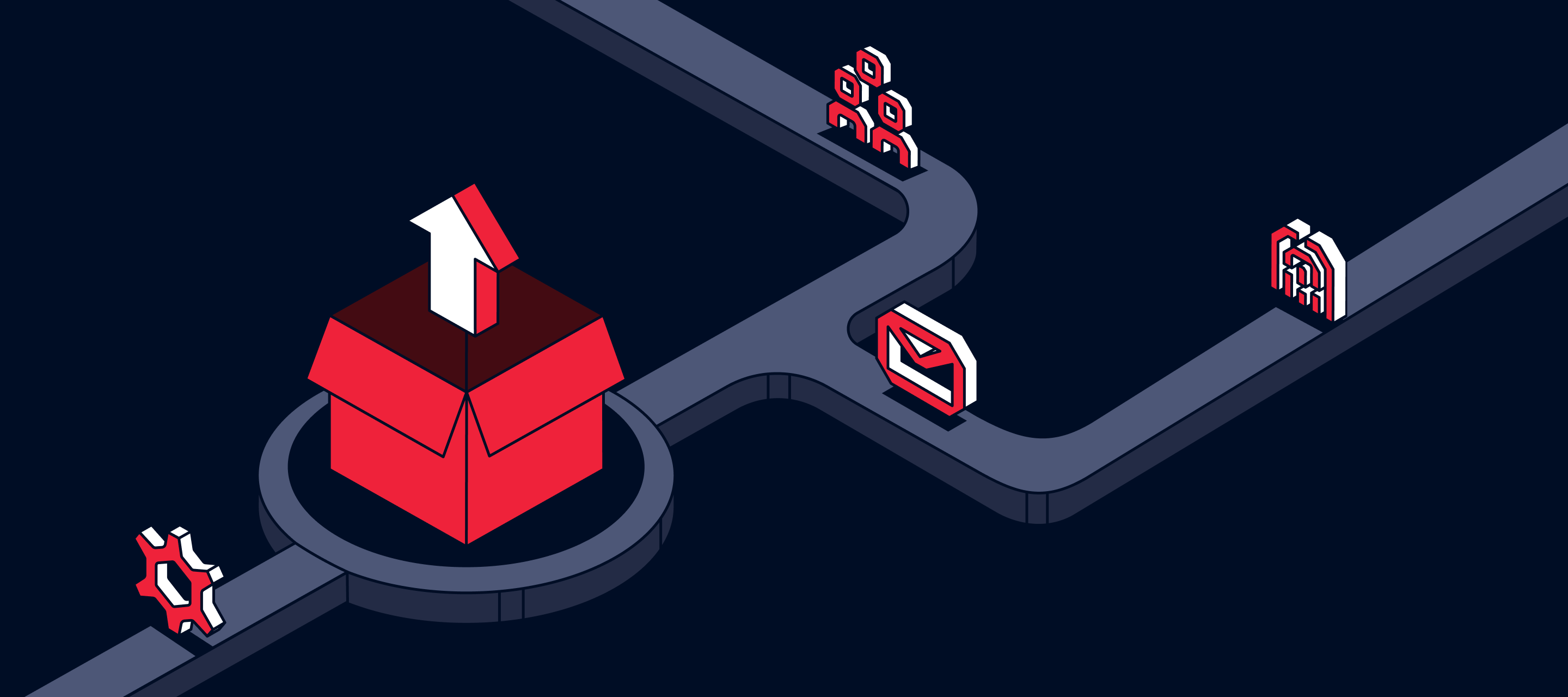
Key Pair Authentication for Snowflake Now Available on Free and Team Tiers
Key Pair Authentication for Snowflake is now Available to all users on Free, Team, and Business plans (previously only available to Business Tier users). This authentication adds an extra layer of security for connections to Snowflake warehouses, replacing the use of username/password. Therefore, implementing key pair authentication helps customers maintain compliance and enhance connection security. Note: Secure authentication for SQL Traits with Snowflake is not yet supported, but we will add this feature soon. Snowflake plans to discontinue support for username/password logins by November 2025. For more information see our docs: Reverse ETL Setup Data Graph Setup Warehouse Connections
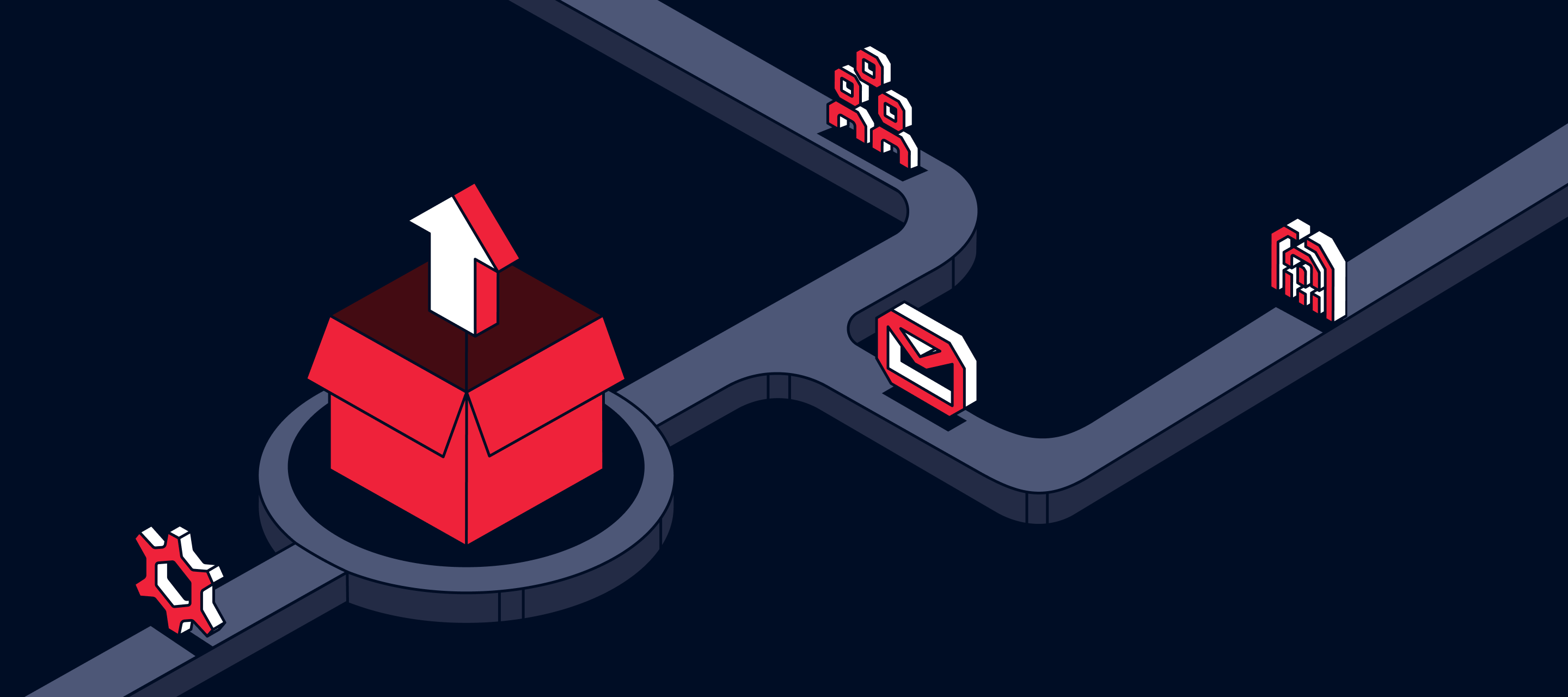
Audience Computation Complete Alerting General Availability
Users can now choose to be alerted when an Audience Computation/Run completes Description example: This new alert can be discovered and configured via Monitor > Alerting > Default > Engage > Audience Run Completed and is GA.
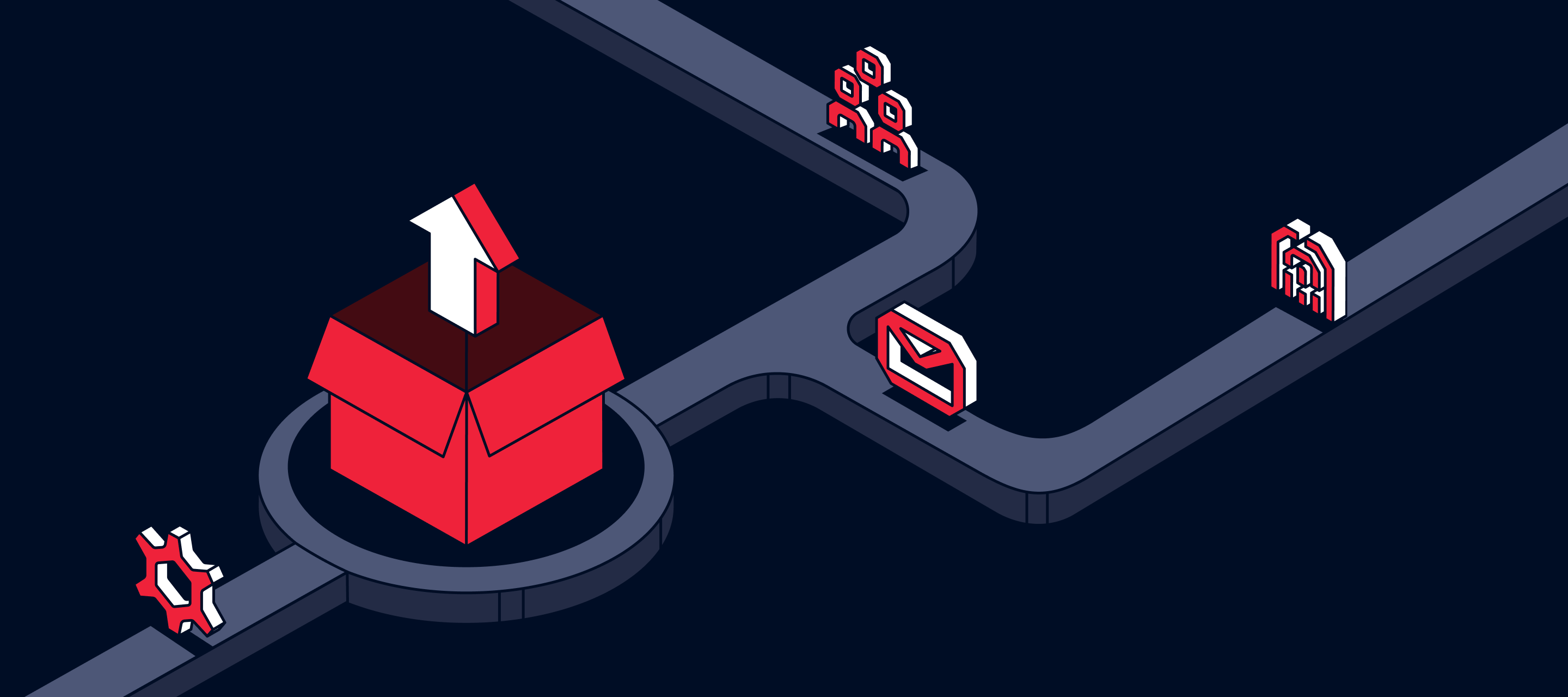
Audience Event Health Alerts General Availability
Audience Event Health alerting has shipped to GA and is available to all Engage users. This alert allows users to be notified when a specific Audience’s events fail to sync to the destination by X%. Users can choose to send the notifications to an email of their choice, to Slack, or via in-app notifications. This release has introduced a new “Alerts” tab to the Audience overview page, one of the places where relevant alerts can be found moving forward for Engage
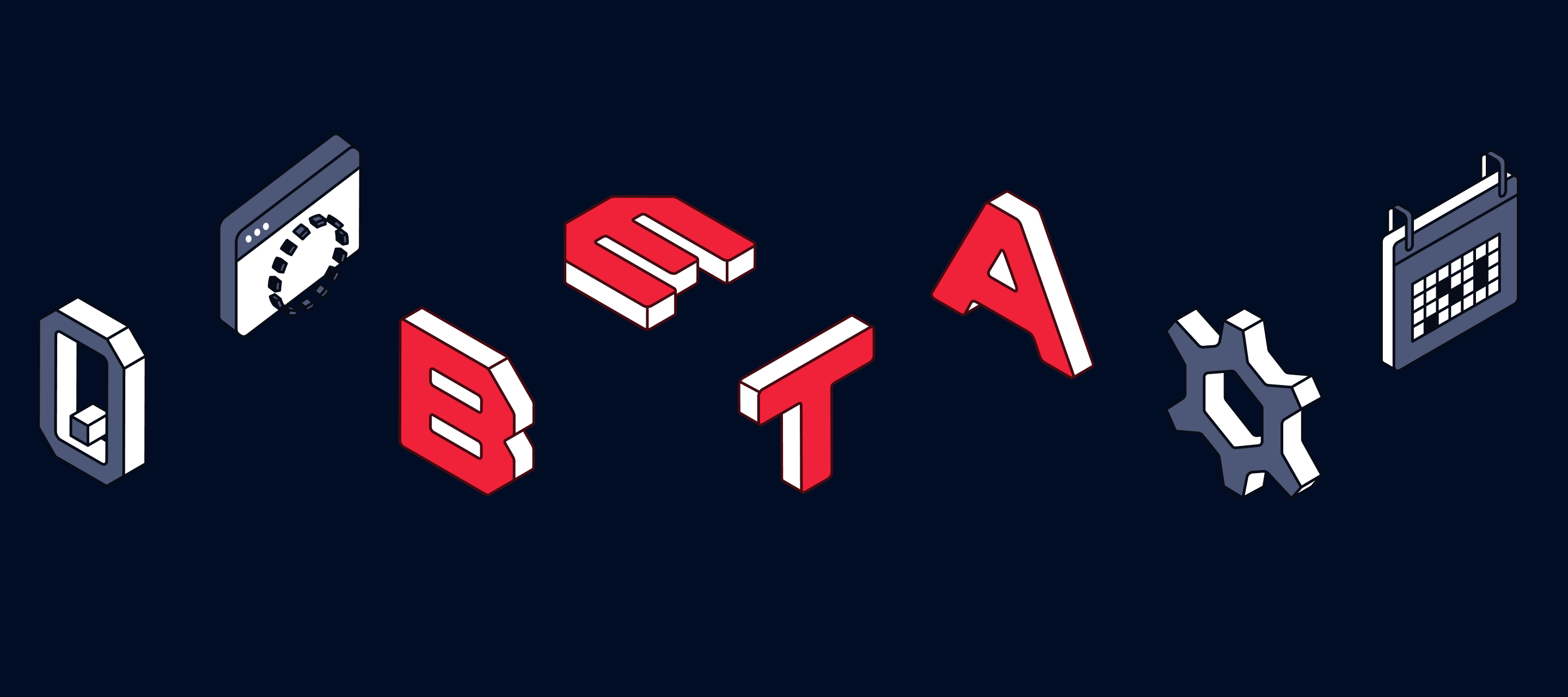
Alerting 'Hub' in Public Beta
Segment’s native alerting features have a new home in-app, within Monitor / Alerting. This new interface allows to view and configure all available alerts across their Segment Workspace. A single place to review, configure, and enable/disable alerts for any of our features.
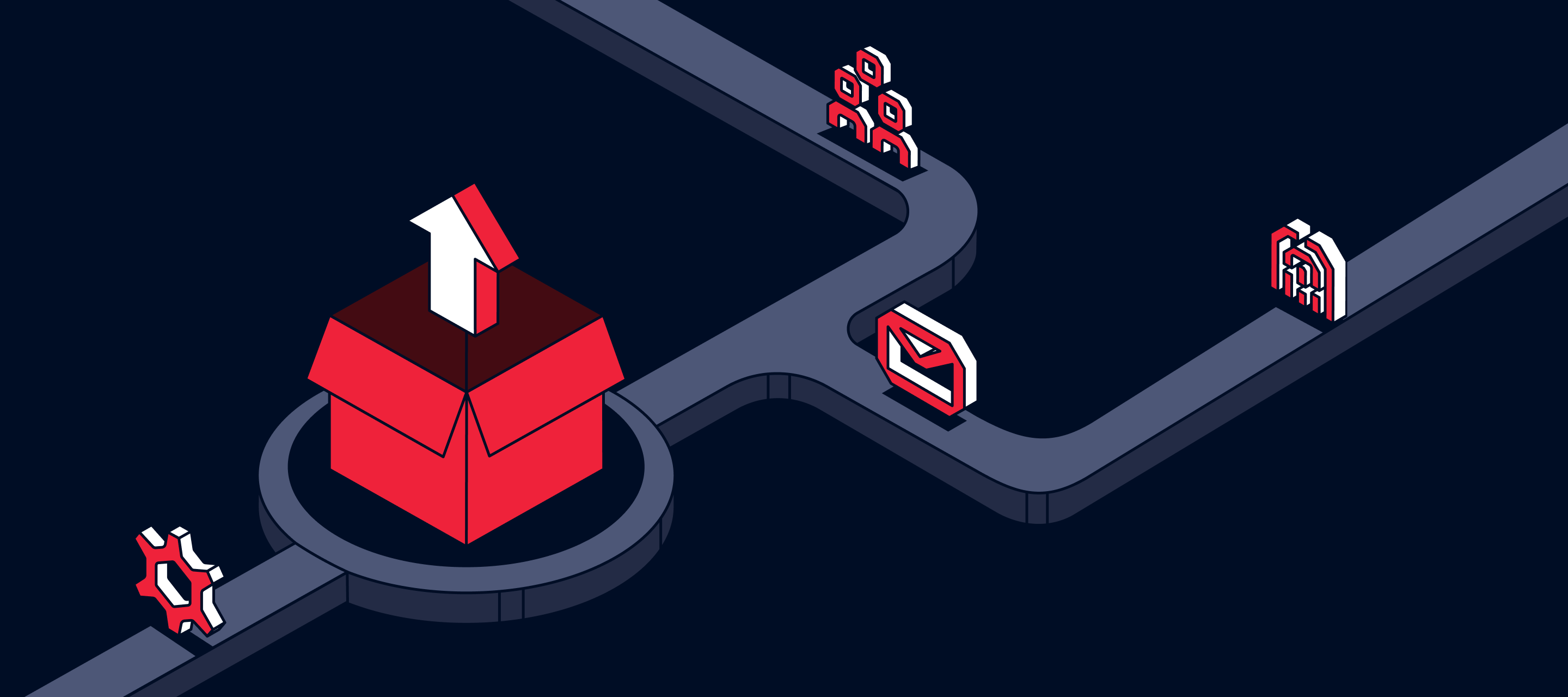
Entity Property Condition Groups for Linked Audiences General Availability
Entity Property Condition Groups is now available for Linked Audiences to all customers on Business Plans with Linked Audiences. When filtering on entity properties in your entity condition, you can now create entity property condition groups, allowing you to utilize both the AND and OR operators in the same entity condition, streamlining the audience building experience. For more information on Linked Audiences, refer to our documentation.
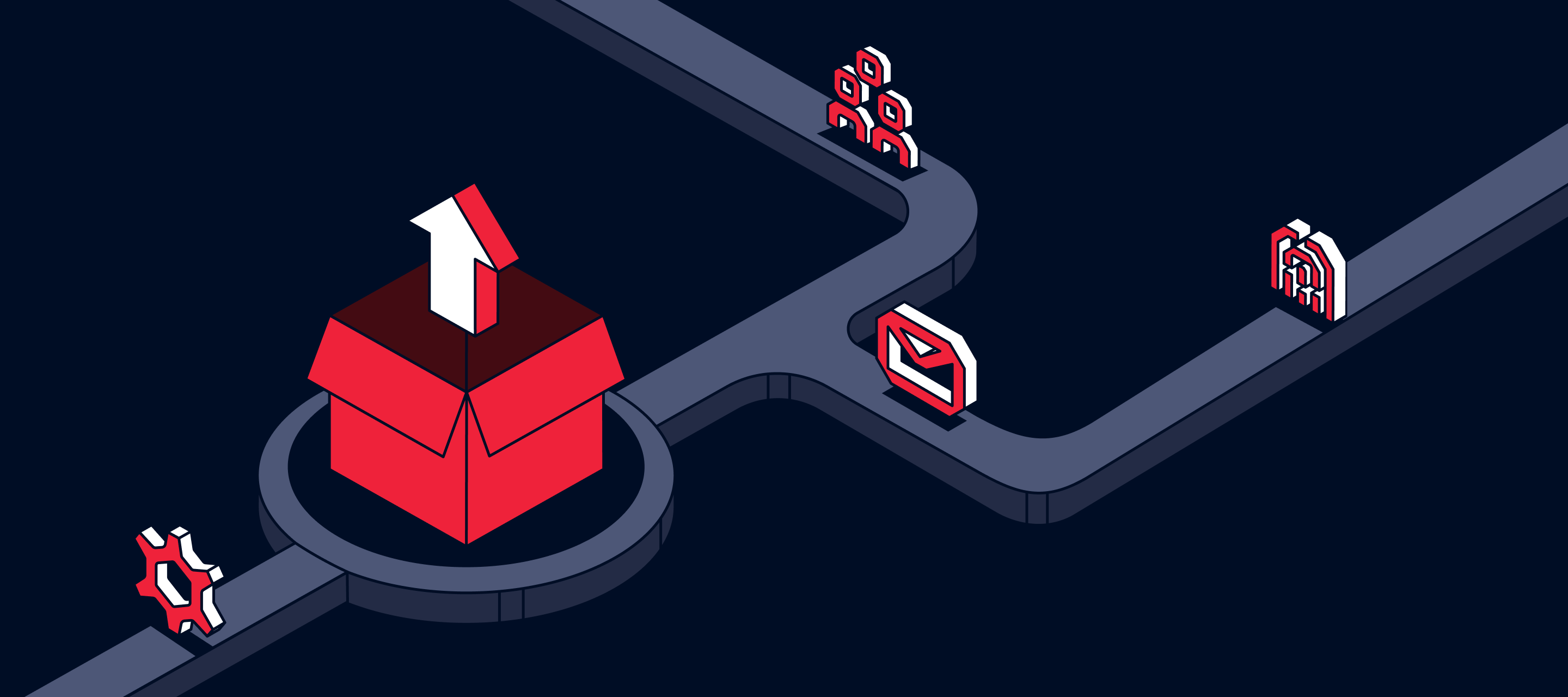
Linked Audiences BigQuery and Redshift General Availability
BigQuery and Redshift Supported as Linked Audience Warehouse Sources - General Availability Linked Audiences empowers marketers to effortlessly create targeted audiences by combining behavioral data from the Segment Profile and warehouse entity data within a self-serve, no-code interface. With this GA release, the Data Graph now supports both Redshift and BigQuery as a warehouse source. For more information view our documentation.
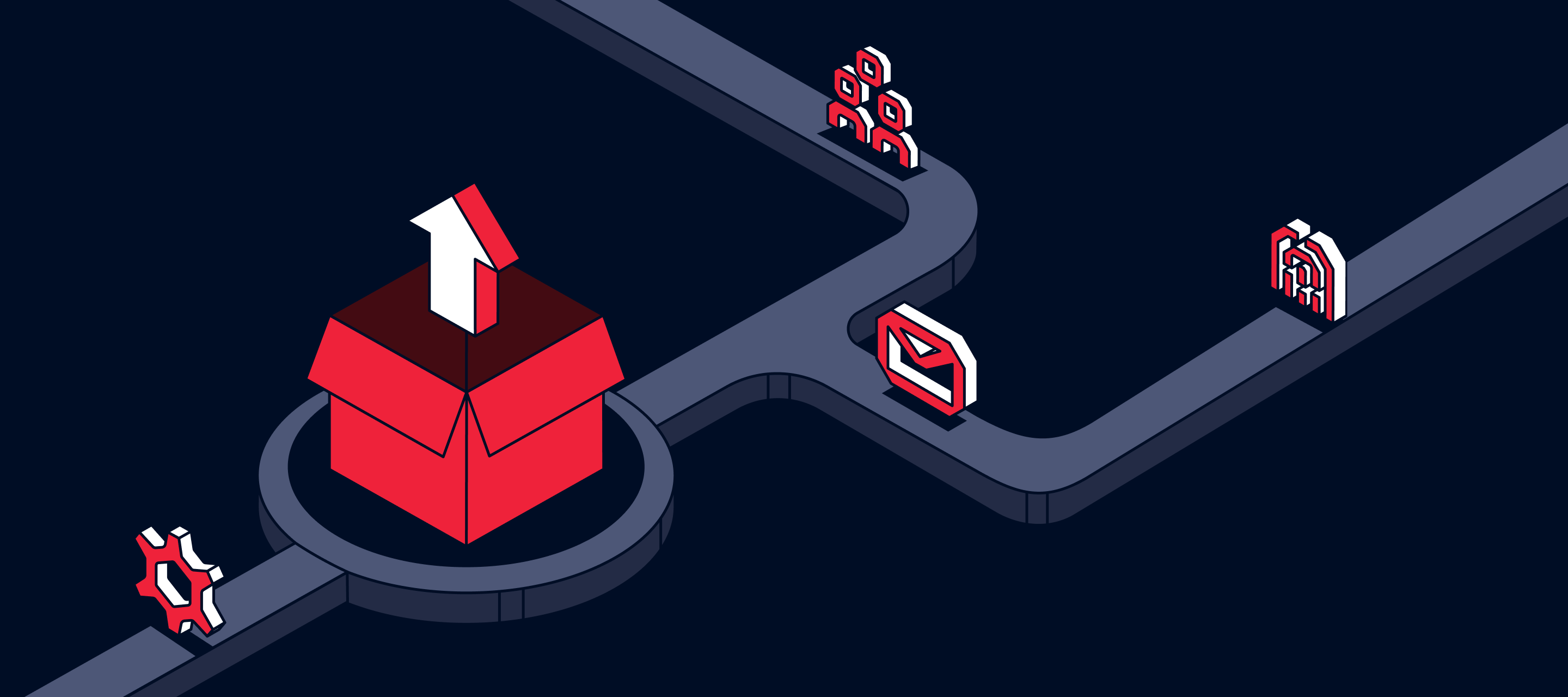
Audience Lookback Configuration General Availability
Configurable Lookback for Historical Event Data is now available to all users on Business plans. When creating or editing real-time audiences, you can set a lookback window (e.g., “last 90 days”) under Include Historical Event Data to limit how far back event data is processed. Disable it to use only data after creation. This will speed up initial computations by reducing backfill time, while batch audiences continue to include historical data by default.
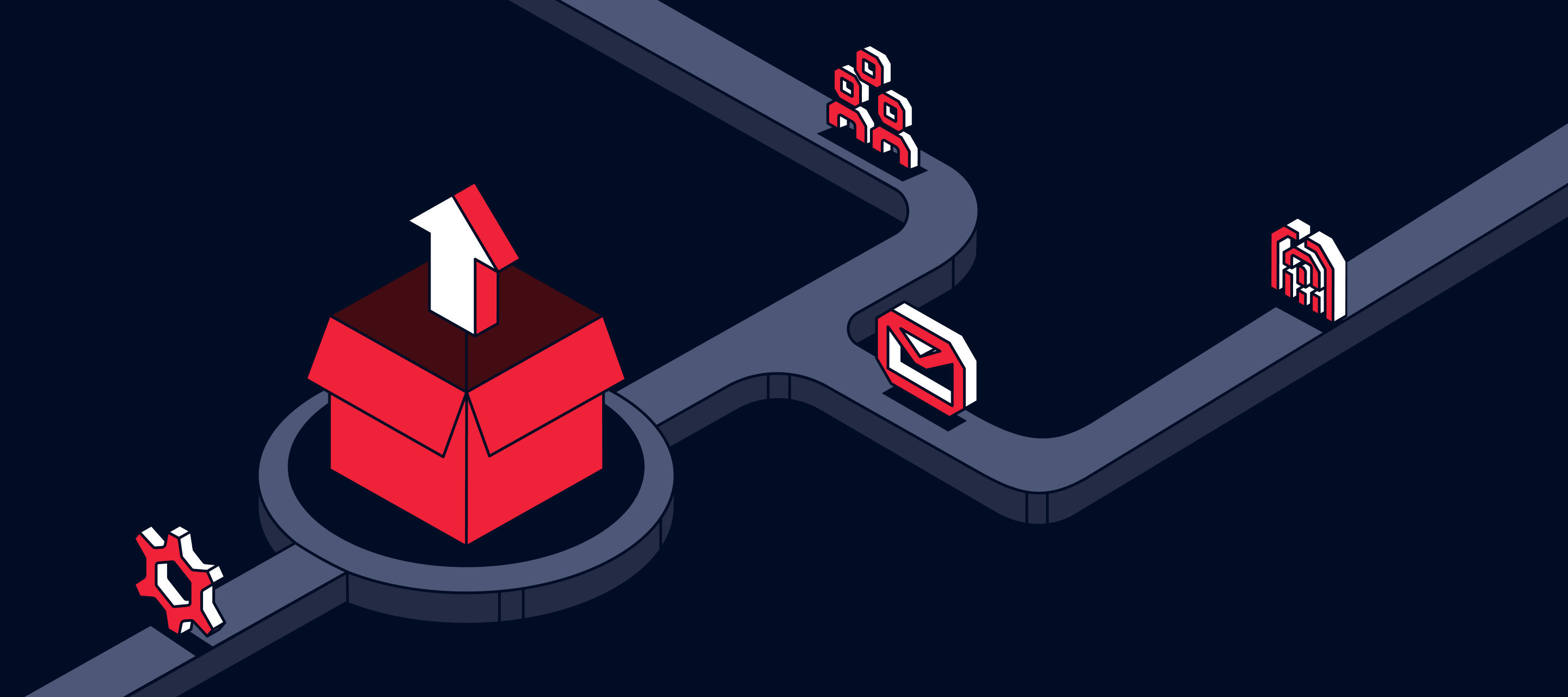
Audience Consumers General Availability
Audience Consumers is now available to all users on Business plans. You can view a new Consumers tab on audiences to see a list of audiences that reference it in their definitions. When editing, disabling, or deleting an audience, a warning will appear if it’s referenced by other audiences, showing the count and a link to review them. This will ensure that you understand dependencies and manage audience relationships more effectively. For more information, view our documentation.
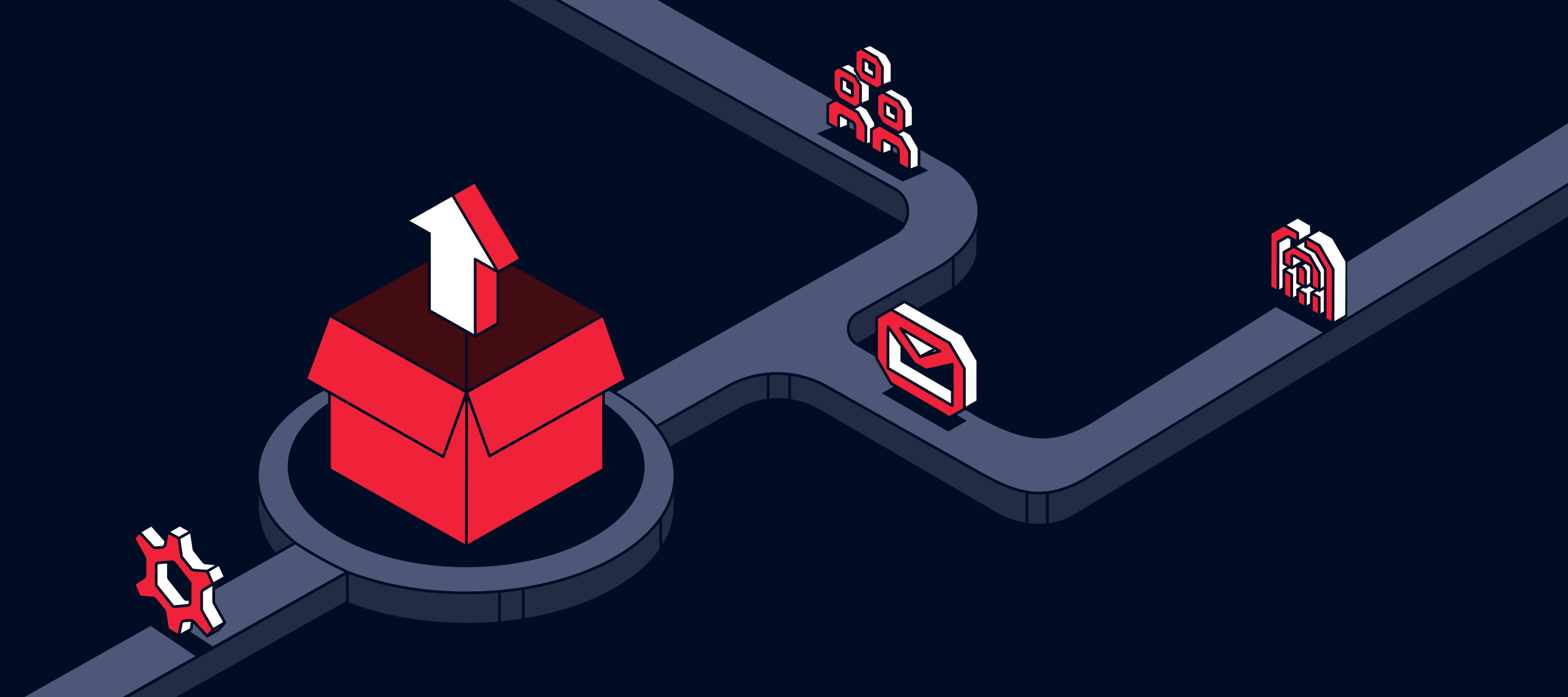
Improved Hashing Detection General Availability
We're excited to announce our new hashing detection capability, designed to simplify how you work with sensitive data across different destinations. Key Features: Automatic Hashing Detection: Segment now intelligently detects when fields contain pre-hashed values and avoids double-hashing them Plain Text Support: For un-hashed values, Segment continues to automatically hash according to each destination's requirements Simplified Workflows: No configuration needed - the system automatically determines whether values need hashing This enhancement is valuable for customers with strict data privacy requirements who pre-hash PII before it enters Segment's infrastructure. It prevents match failures caused by double-hashing and eliminates common troubleshooting issues when activating pre-hashed data from warehouses or other systems. The feature is now available for key advertising and marketing technology destinations, with field-level indicators showing which fields support this capability. Find complete documentation here.

Create and manage SFMC Data Extensions directly in Segment
Managing your Salesforce Marketing Cloud (SFMC) Data Extensions just got a whole lot easier! With our latest update, you can now search, select, and even create new Data Extensions—all from within Segment. What’s new? Search and select existing Data Extensions No more switching between Segment and SFMC. Just search by ID, select a Data Extension, and start mapping fields in just a few clicks. Seamless field mapping Once you’ve selected a Data Extension, you’ll see all available fields in a dropdown. Just pick the ones you need and map your Segment data instantly. Create new Data Extensions directly in Segment No need to jump into SFMC. Define a name, folder, and description, then, customize your fields by setting type, length, nullable, and primary key options—all within Segment. Less friction, faster activation Skip the manual setup and focus on running campaigns. This update removes extra steps and keeps your customer data flowing smoothly. How to get started This new functionality is already available in our Salesforce Marketing Cloud (Actions) destination. Try it out now by visiting your SFMC destination settings in Segment.
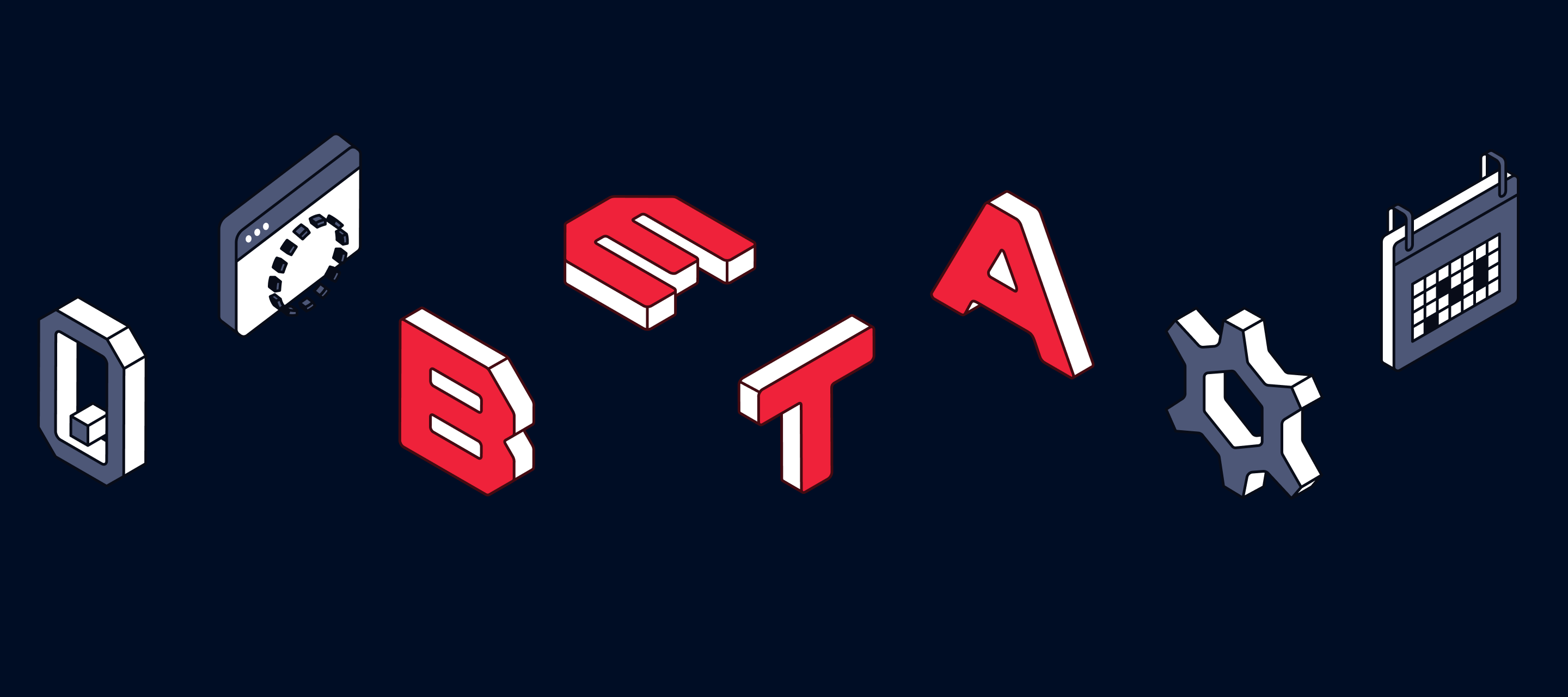
Delivery Overview for Audience Syncs Public Beta
Delivery Overview now supports destinations receiving from Engage! Users can now explore Delivery Overview for destinations that are receiving audience syncs from Engage; allowing users to breakdown by Audience (or all Audiences), as well as corresponding activation events or mappings. Please note: Support for Traits and Journeys is in progress, but not included in this Public Beta. For more information, visit our documentation .
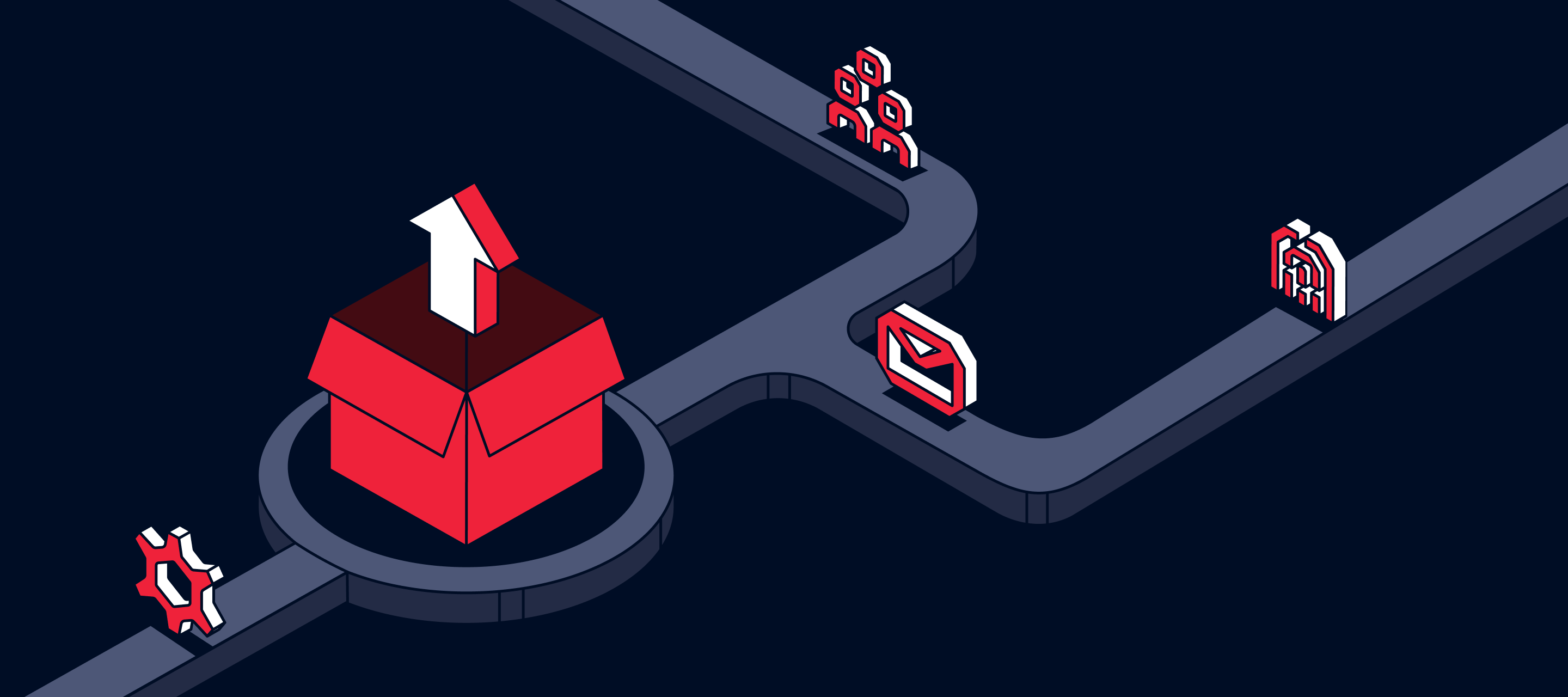
Unified Event Tester GA: Event Tester & Mapping Tester
We’re excited to announce the general availability of our enhanced Event Tester, providing you with unprecedented visibility into your integration configurations. This powerful update gives you complete transparency into API transactions with full request/response inspection and linked event support. We’ve also embedded this functionality directly into your mapping workflows, creating a consistent, intuitive testing experience throughout the platform regardless of which Segment product you’re using. Key Improvements: Complete API Visibility: View exact request payloads, response data, and API endpoints to quickly identify and fix integration issues Flexible Test Inputs: Easily sample real events from your sources or create custom test scenarios Support for Linked Events: Test enriched payloads to verify profile data is correctly attached to your events Editable ReverseETL Payloads: Modify warehouse data before testing to validate different scenarios Unified Experience: Enjoy the same intuitive testing interface across all Segment products This release marks a significant step forward in reducing time-to-value when configuring integrations and troubleshooting data flows. Event Tester documentation can be found here .
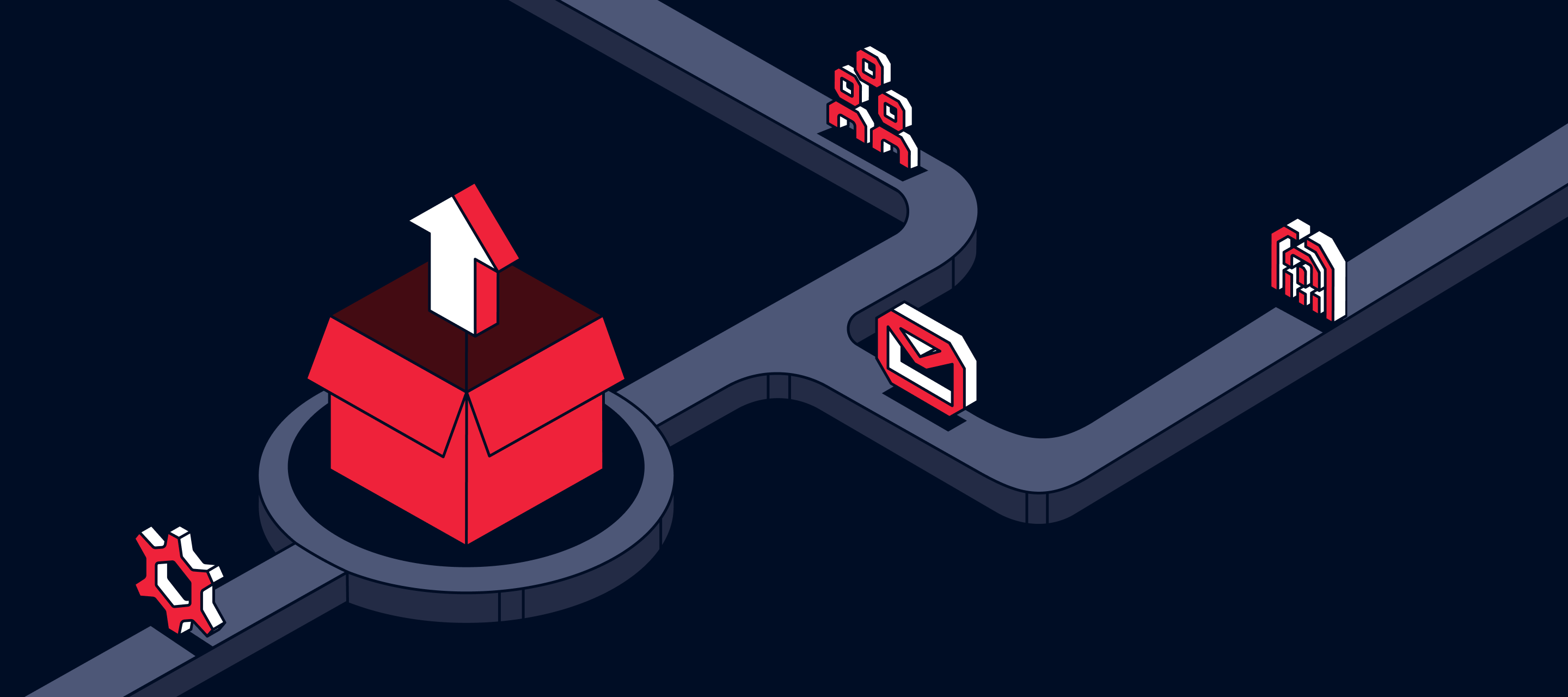
Self-Serve Unify Space Deletion
Unify space deletion is now available to all Business Tier users. With this feature, Workspace Owners can trigger the deletion of a Unify space. These deletion requests can be canceled within 5 days of making the request. For more information, see our account deletion documentation .
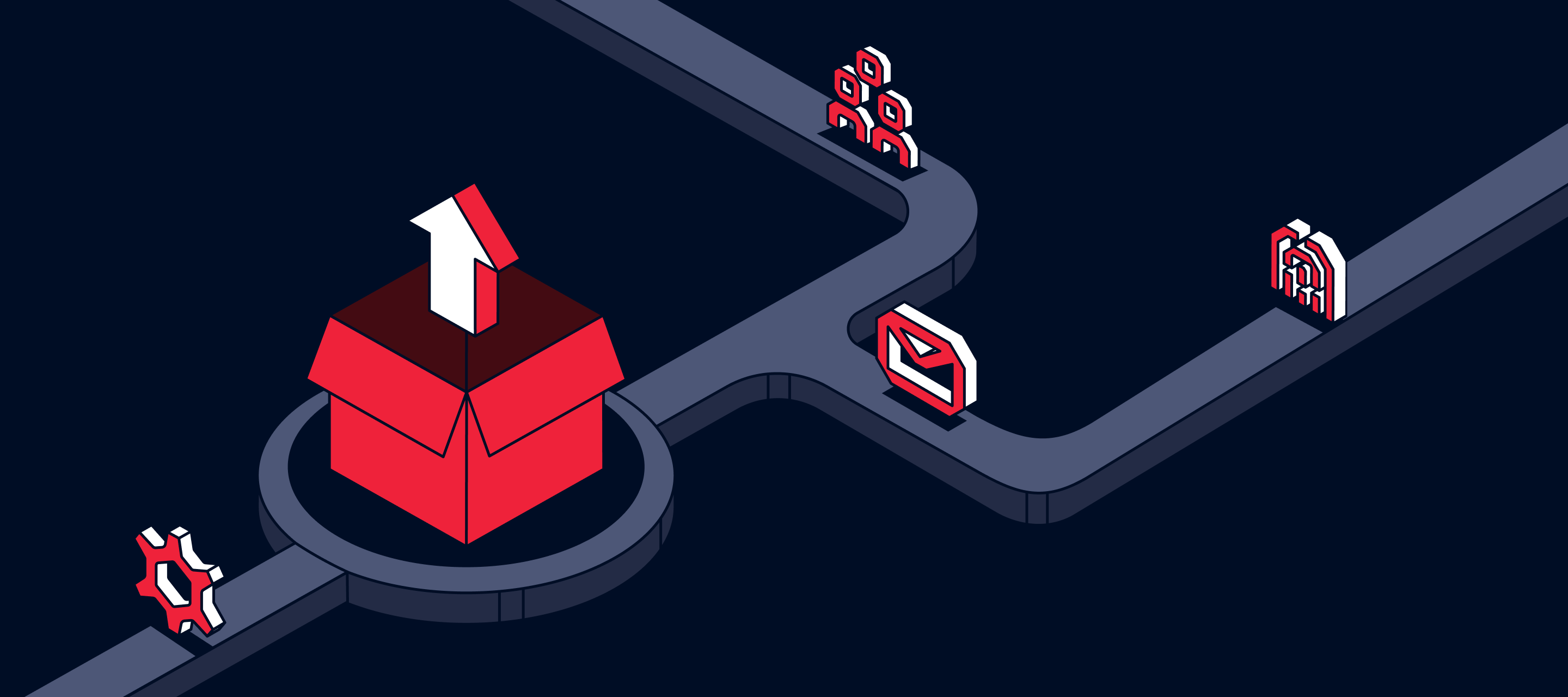
Enhanced Linked Events Sync Scheduling - General Availability
Linked Events sync scheduling has been enhanced to increase flexibility and efficiency for data engineers. Consistent Sync Setup: Configure Linked Events sync schedules directly in the Entities Detail or Data Graph screens, ensuring alignment with rETL workflows. Manual Syncs: Trigger syncs on demand, eliminating wait times during testing. Interval-Based Scheduling: Set up syncs at predefined intervals: 15 min, 30 min, 1 hour, 2 hours, 4 hours, 6 hours, 8 hours, 12 hours, or 1 day—matching rETL options. The new Linked Events sync scheduling streamlines sync management, improving efficiency and control. Learn more about configuring the sync schedule by visiting the Segment documentation .
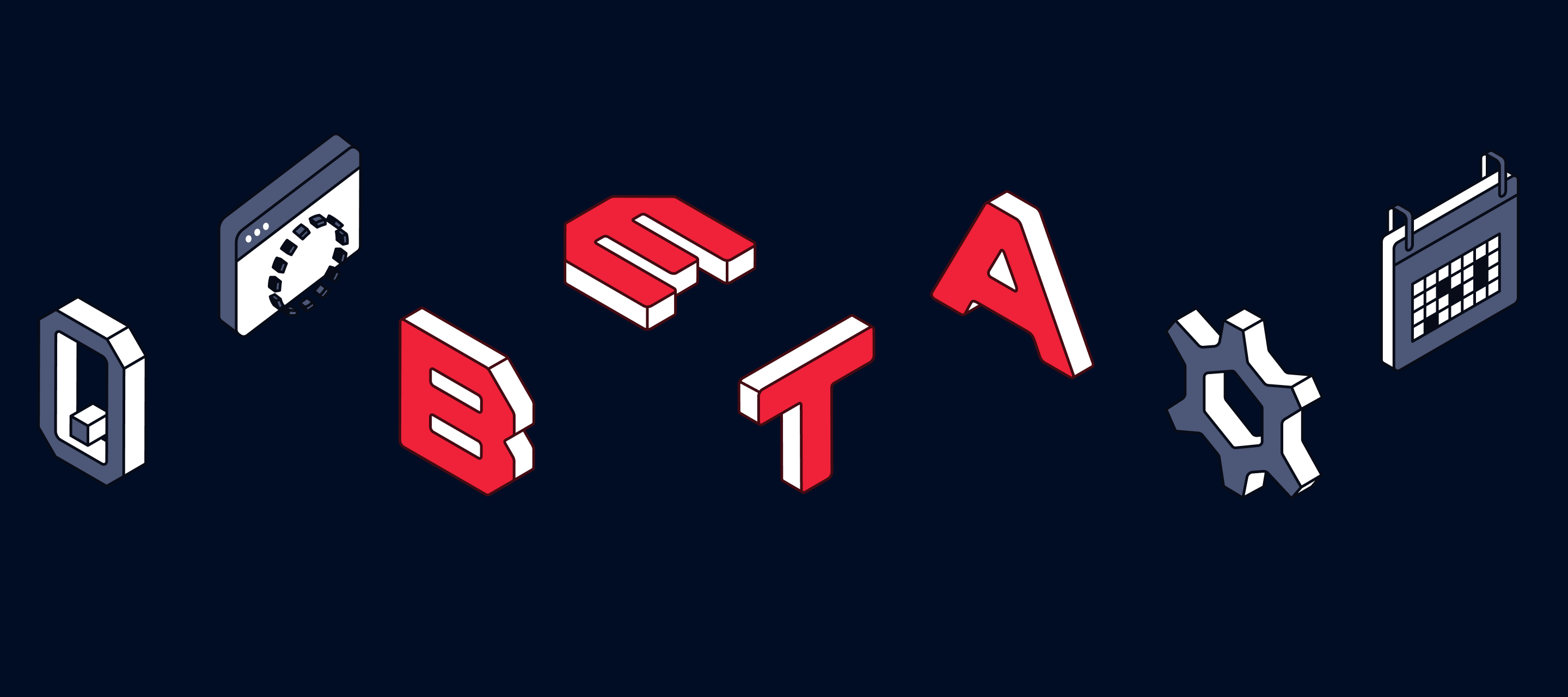
Event-Triggered Journeys Public Beta
Event-Triggered Journeys are now available in Public Beta to all Twilio Engage users. This feature unlocks new transactional and abandonment use cases to enable faster, personalized campaigns. For more information, visit the Event-Triggered Journeys Documentation .
Categories
- All products
- Addon
- API
- Beta
- Business
- Compliance
- Connections
- Destinations
- End of Life
- End of Sale
- Free
- General Availability
- Profiles
- Protocols
- Regional
- Sources
- Storage
- Team
- Twilio Engage
- Unify
Enter your E-mail address. We'll send you an e-mail with instructions to reset your password.
Scanning file for viruses.
Sorry, we're still checking this file's contents to make sure it's safe to download. Please try again in a few minutes.
OKThis file cannot be downloaded
Sorry, our virus scanner detected that this file isn't safe to download.
OK